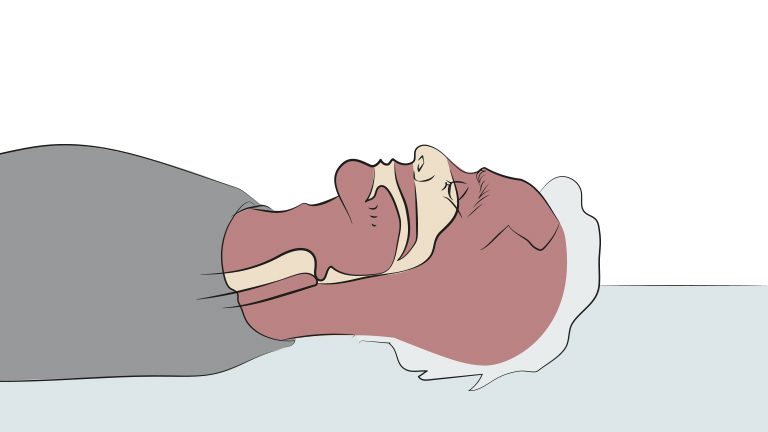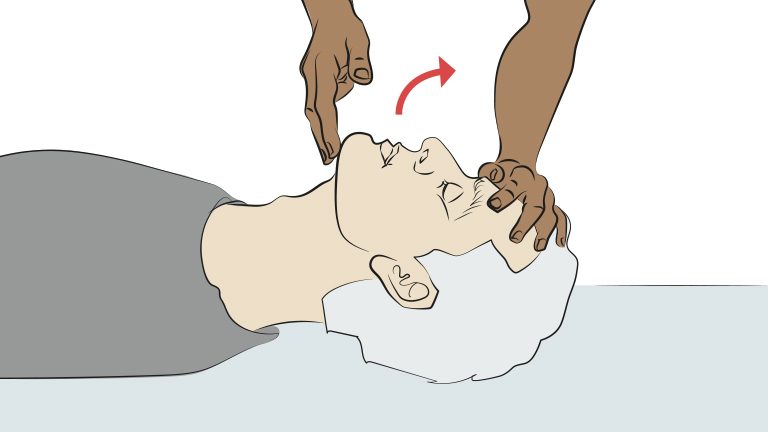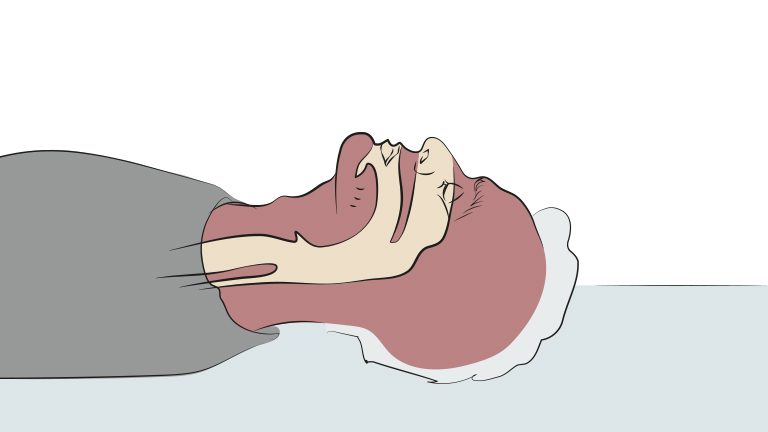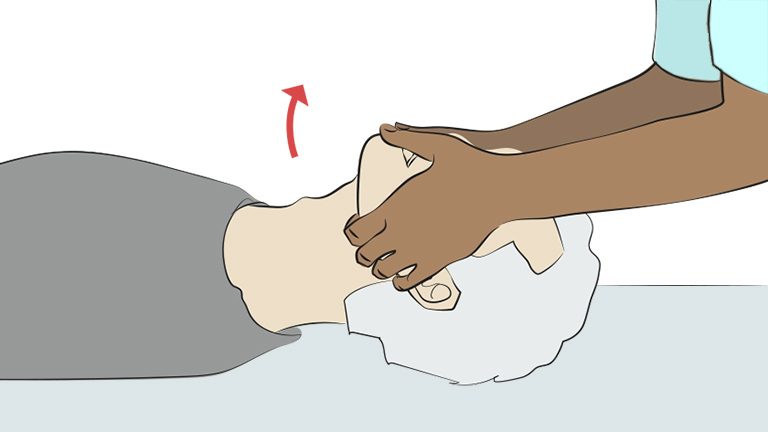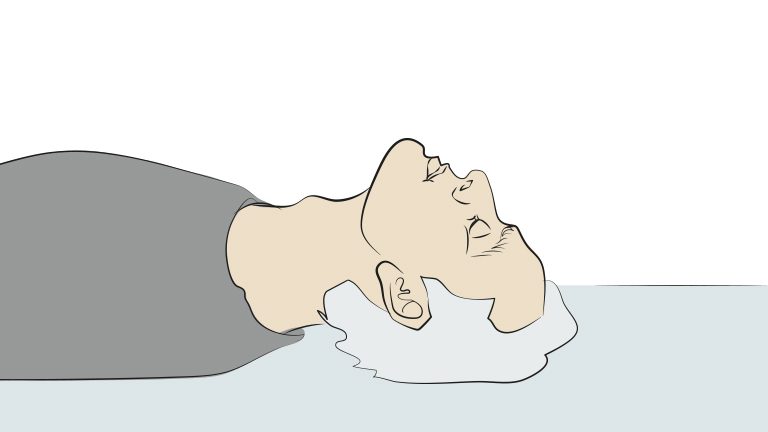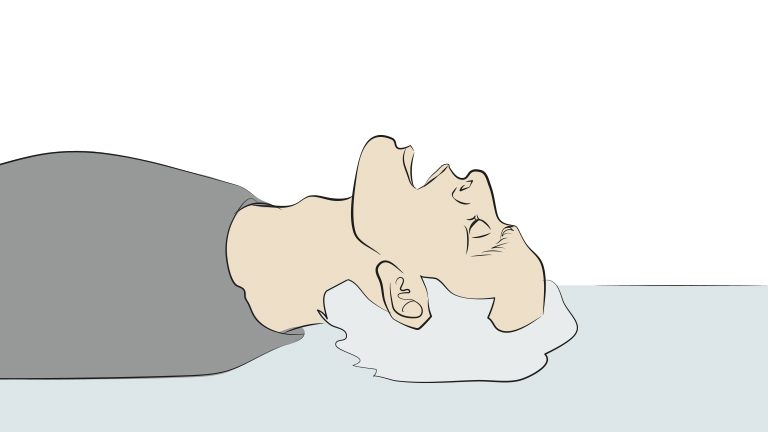The ABCDE first aid principles have been devised to enable quick identification of life-threatening problems, and serves as a guide to which treatment/actions should be used to correct them. These principles are structured in order of importance and urgency when treating a patient. All steps should be followed when assessing a patient presenting with chest pain or symptoms of cardiac failure.
ABCDE principles are:
A – Airway
B – Breathing
C – Circulation
D -Disability
E – Exposure
Important observations are:
Airway (A) – the patient can have a clear airway or have something that is blocking the airway (such as the tongue, dentures, mucus, saliva or foaming liquid (such as pulmonary oedema)). To ensure the airway is maintained the patient’s head should be held in a neutral position, the nurse should check if there is noisy or troublesome breath sounds, remove any debris from the oral cavity, lift the jaw forward by pushing the jaw, if necessary an airway should be inserted by an appropriately trained member of staff.
Breathing (B)
The nurse should assess the movement of the thorax, depth of respirations, frequency and regularity of respirations, use of auxiliary muscles and breathing position (supine and relaxed or upright and forwards).
Respiratory rate – normal respiratory rate for an adult is 12 to 16 regular breaths per minute.
- Tachypnoea means increased respiratory rate and is observed in patients with heart failure, pain or anxiety. Decreased respiratory rate is observed when the patient is sleeping, has reduced consciousness and or by the effects of certain medications (e.g. morphine.)
- Dyspnoea means laboured breathing. In cardiac patients this can be due to failure of the left ventricle caused by congestion with blood in the pulmonary circulation and it often occurs in heart failure. The role of the nurse is to assess the degree of dyspnoea at rest.
- Orthopnoea is laboured breathing in the supine position and therefore commonly arises during the night due to the accumulation of blood in the pulmonary circulation. It is therefore beneficial for cardiac patients to be nursed in a semi recumbent position supported by 2/3 pillows to reduce the load on the heart.
- Functional dyspneoa is when a patient is breathless on minimal exertion and this results in reduced ability to undertake activities of daily living.
- Breathlessness at rest is a very serious symptom of heart failure. Both functional dyspnoea and breathlessness at rest may also occur in patients with lung conditions. (Jakobsen et al. 2009, p. 48).
- Cough, haemoptysis and bloody sputum, can be signs of heart failure, pulmonary embolism or mitral disorder. Rattling breath sounds and pink frothing sputum may indicate pulmonary oedema. (Eikeland MCA. In Gulbrandsen & Stubberud 2010, p. 209).
- Cheyne Stokes breathing is characterized by periodic deep respiration followed by apneoa and this may occur with severe heart failure and in the terminal phases of illness. (Almaas et al. 2010).
The nurse should observe the patient for changes in respiration including if the patient is becoming increasingly short of breath or if respirations become laboured and rattling. To assess if the patient is hypoxic the nurse should record pulse oximetry and blood samples should be taken by a trained member of staff for measurement of blood gases.

